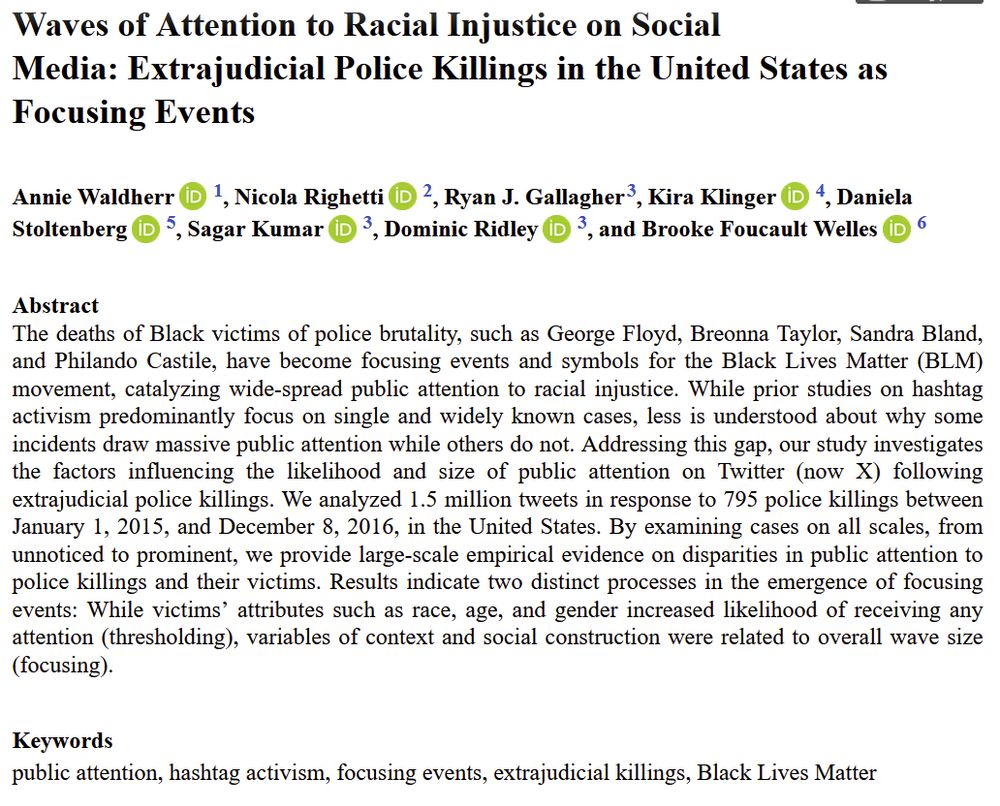https://julaluehring.github.io/
Unfortunately, we couldn't measure it so easily in this study, and also weren't interested theoretically, since both scenarios would count as an angry reaction
Unfortunately, we couldn't measure it so easily in this study, and also weren't interested theoretically, since both scenarios would count as an angry reaction
Link to pre-print: doi.org/10.31234/osf...
Please let me know any thoughts and feedback on this!
Link to pre-print: doi.org/10.31234/osf...
Please let me know any thoughts and feedback on this!
✅ using a comprehensive source-based approach (capturing the full spectrum, not just clear-cut fake news)
✅ applying a matching method to social media data... aka we measure misinfo effects on populations that are hard to reach otherwise!
✅ using a comprehensive source-based approach (capturing the full spectrum, not just clear-cut fake news)
✅ applying a matching method to social media data... aka we measure misinfo effects on populations that are hard to reach otherwise!
Within the same user, disgust and fear increase with untrustworthy content, but anger doesn't change significantly.
Within the same user, disgust and fear increase with untrustworthy content, but anger doesn't change significantly.
😡 Not all negative emotions matter equally: anger, disgust, and fear are key.
But...
😡 Not all negative emotions matter equally: anger, disgust, and fear are key.
But...
1) Despite being only 6% of shared news, untrustworthy sources get 39% more retweets and 12% more quote tweets, but 14% fewer likes and 19% fewer replies.
🤔 Untrustworthy news content, often containing misinfo, spreads differently than trustworthy news!
1) Despite being only 6% of shared news, untrustworthy sources get 39% more retweets and 12% more quote tweets, but 14% fewer likes and 19% fewer replies.
🤔 Untrustworthy news content, often containing misinfo, spreads differently than trustworthy news!


